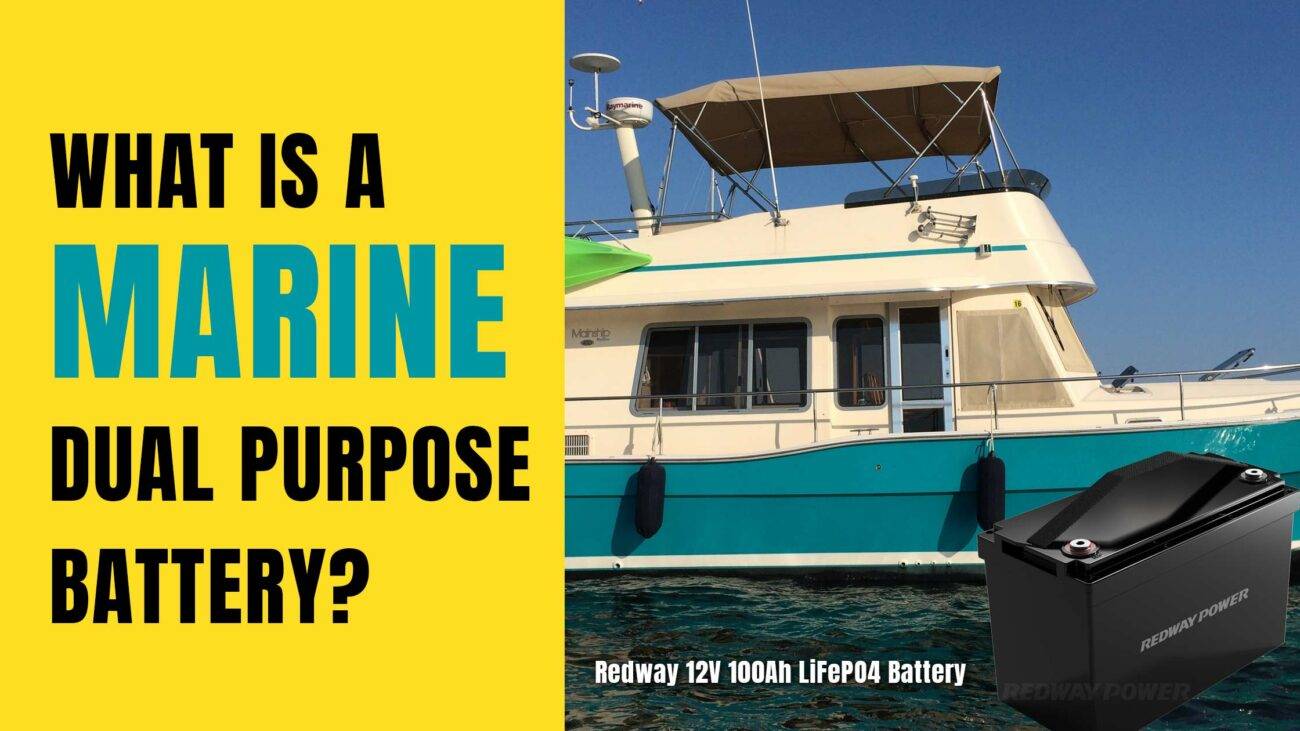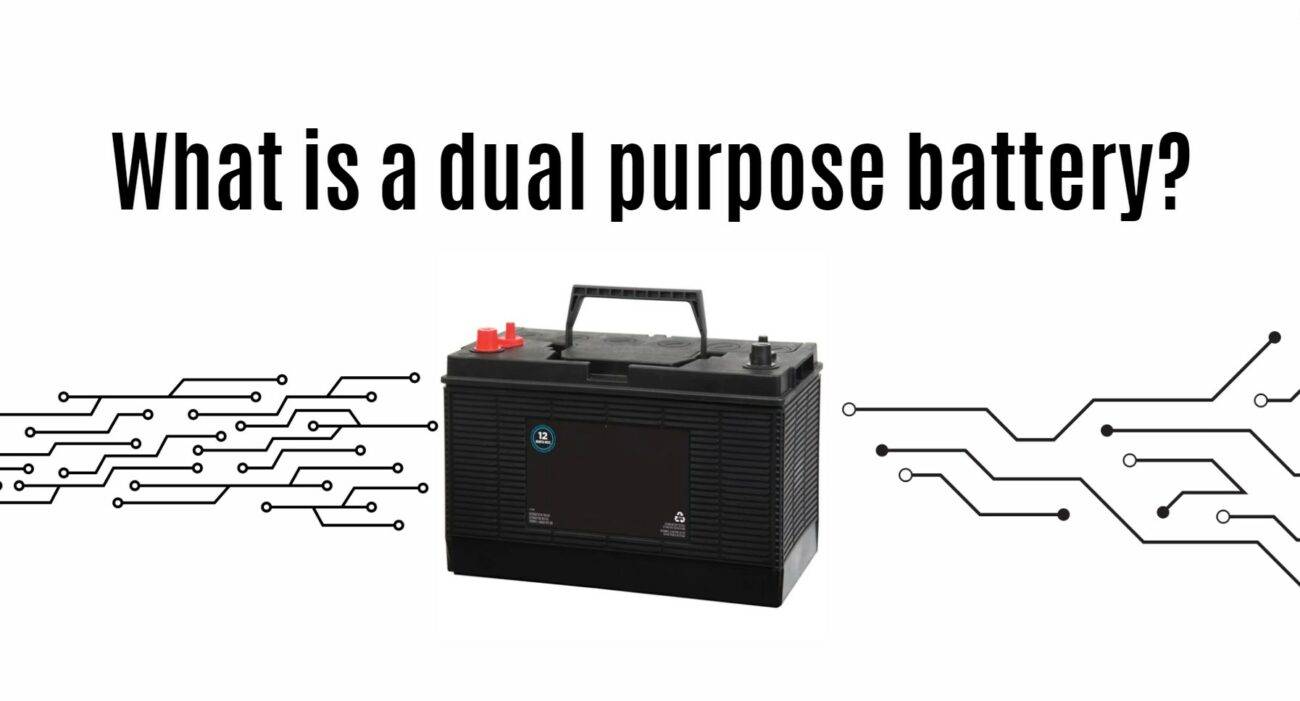
Blog
How Does the Duracell Ultra Dual Purpose Battery Optimize Marine Performance?
The Duracell Ultra Dual Purpose (Starting/Cycling) BCI Group 31M Marine Battery combines starting power and deep-cycle endurance for marine applications. Its dual-purpose design ensures reliable engine cranking and sustained energy delivery for trolling motors and electronics. With AGM technology, spill-proof construction, and vibration resistance, it’s ideal for saltwater and freshwater use. Maintenance-free operation and a 12-month warranty enhance its appeal.
12V 100Ah LiFePO4 Battery (Ultra)
What Makes the Duracell Ultra Battery Suitable for Marine Applications?
The Duracell Ultra BCI Group 31M battery employs Absorbent Glass Mat (AGM) technology, providing high discharge rates for engine starts and deep-cycle durability for prolonged trolling. Its corrosion-resistant terminals, vibration-resistant design, and sealed construction prevent acid leaks, making it safe for rough marine environments. With 1,000 MCA (Marine Cranking Amps) and 205 Ah (Amp Hours), it balances power and longevity.
Marine environments demand batteries that withstand constant motion, humidity, and temperature fluctuations. The Duracell Ultra’s polypropylene case is engineered to resist UV degradation and saltwater corrosion, a critical feature for coastal boaters. Its dual-terminal design allows flexible wiring configurations for fishfinders, bilge pumps, and navigation systems. Unlike standard batteries, it maintains stable voltage output even during simultaneous loads, preventing voltage drops that can damage sensitive electronics.
How Does AGM Technology Enhance Battery Performance?
AGM technology uses fiberglass mats to absorb electrolyte, reducing internal resistance and enabling faster energy delivery. This design improves charge acceptance, minimizes sulfation, and supports deep discharges without compromising lifespan. Unlike flooded batteries, AGM batteries like the Duracell Ultra are maintenance-free, spill-proof, and operable in multiple orientations, ideal for boats with limited ventilation.
The AGM structure also prevents acid stratification, a common issue in flooded batteries where electrolyte layers separate during charging cycles. This ensures consistent performance over time. Additionally, the Duracell Ultra’s lead-calcium plates increase conductivity while reducing water loss, allowing it to handle up to 600 charge cycles at 50% depth of discharge. For anglers using trolling motors for hours, this translates to reliable power without frequent recharging.
Why Choose a Dual-Purpose Battery Over Single-Function Alternatives?
Dual-purpose batteries eliminate the need for separate starting and deep-cycle units, saving space and reducing weight. The Duracell Ultra delivers instant cranking power while sustaining 20-50% depth of discharge (DoD) for electronics. Single-function batteries either prioritize short bursts (starting) or cyclic endurance (deep-cycle), making dual-purpose models versatile for hybrid marine demands.
What Safety Features Does the Duracell Ultra Battery Offer?
This battery includes a flame-arrestant vent system, sealed lead-calcium plates, and a reinforced polypropylene case to prevent explosions, leaks, and corrosion. Its valve-regulated design automatically releases excess pressure, while the AGM structure resists vibration damage. These features comply with ABYC (American Boat and Yacht Council) safety standards.
How Does the Duracell Ultra Compare to Competitors Like Optima or Interstate?
The Duracell Ultra outperforms Interstate’s Group 31M in cycle life (600 vs. 500 cycles at 50% DoD) and matches Optima’s vibration resistance. While Optima’s spiral-cell design offers faster recharge, the Duracell Ultra provides higher Ah capacity (205 Ah vs. 180 Ah) at a lower cost. Its warranty aligns with industry standards but lacks proration.
| Feature | Duracell Ultra | Optima BlueTop | Interstate 31M |
|---|---|---|---|
| Cycle Life (50% DoD) | 600 cycles | 550 cycles | 500 cycles |
| Ah Capacity | 205 Ah | 180 Ah | 200 Ah |
| Warranty | 12 months | 24 months | 18 months |
What Environmental Considerations Apply to Marine Battery Use?
AGM batteries like the Duracell Ultra are 99% recyclable. Their sealed design prevents acid spills, reducing ecological risks. Proper disposal via EPA-approved recyclers ensures lead and plastic reuse. Solar-compatible charging further minimizes carbon footprint, aligning with eco-conscious boating practices.
Expert Views
“The Duracell Ultra’s AGM technology bridges the gap between cranking and cycling needs effectively. Its high Ah rating and robust build make it a top choice for anglers and cruisers alike. However, users should pair it with a smart charger to maximize lifespan,” notes a Redway Battery Solutions marine specialist.
Conclusion
The Duracell Ultra Dual Purpose Battery excels in marine settings by merging cranking power and deep-cycle endurance. With AGM safety, high capacity, and competitive pricing, it’s a versatile solution for boaters prioritizing reliability and space efficiency. Regular maintenance and proper charging ensure optimal performance across seasons.
FAQs
- Can the Duracell Ultra Battery Be Used in Freshwater and Saltwater?
- Yes. Its corrosion-resistant terminals and sealed design withstand both environments. Rinse terminals after saltwater exposure to prevent buildup.
- What Is the Expected Lifespan of This Battery?
- With proper maintenance, it lasts 4–6 years. Avoid deep discharges below 50% and use a temperature-compensated charger.
- Does the Warranty Cover Marine Use?
- Yes. The 12-month full replacement warranty applies to marine applications, excluding physical damage or improper charging.






